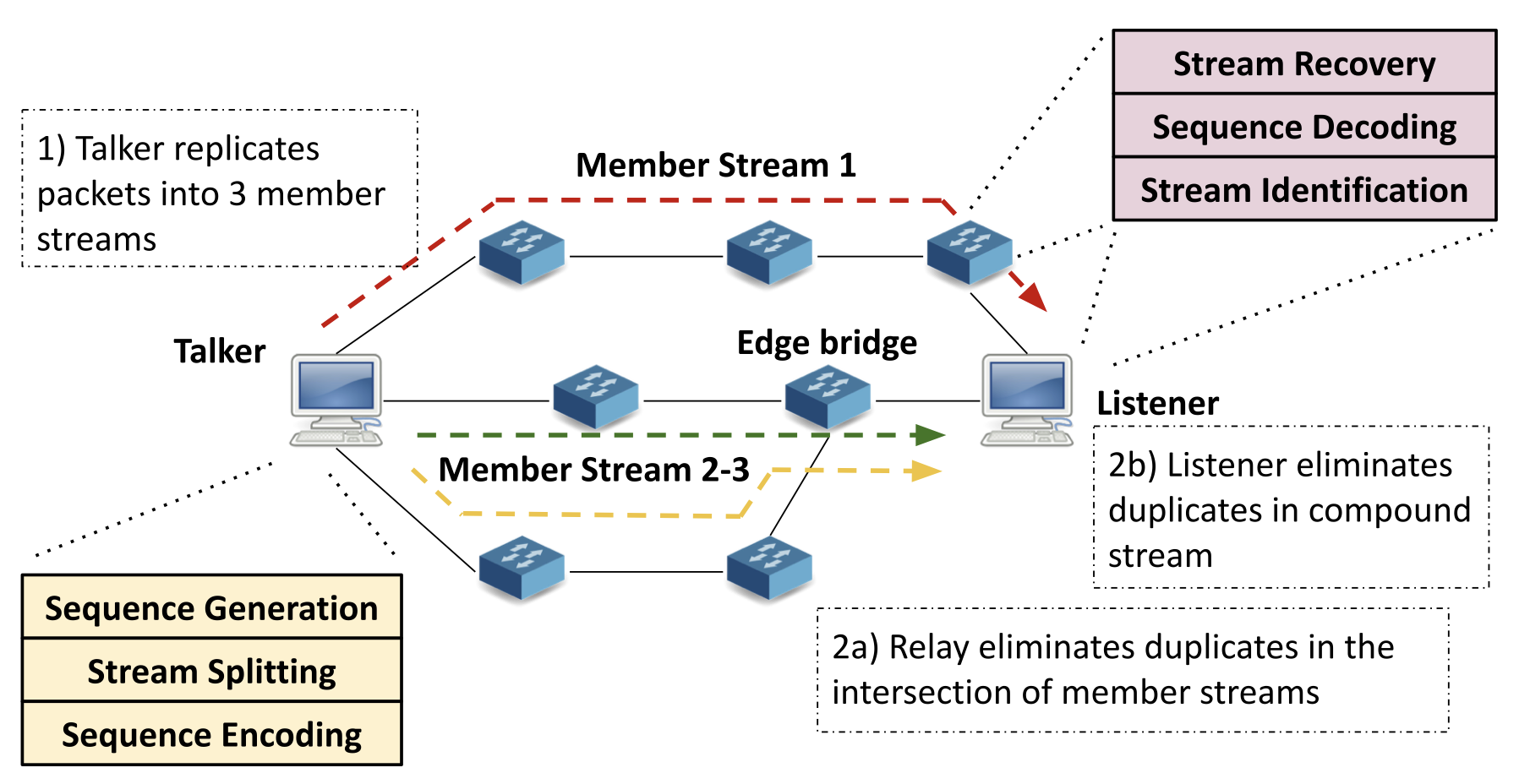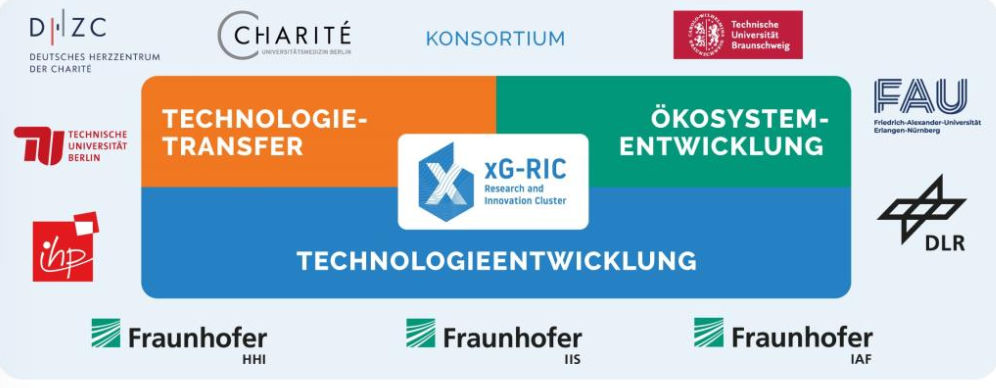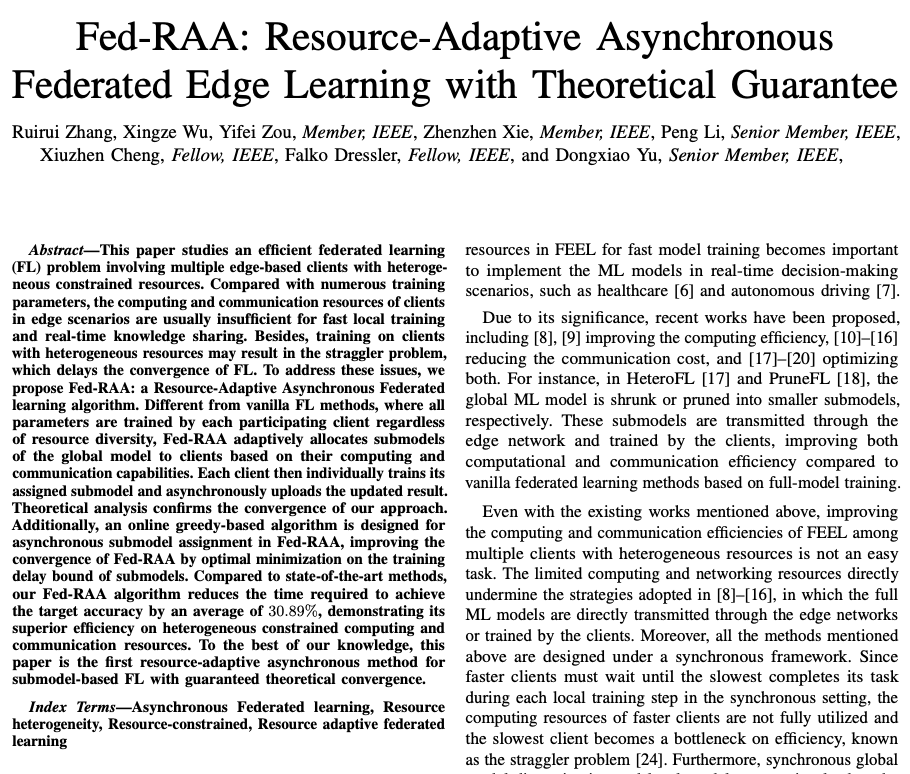Synchronizing in the nanoscale (SmartSynch)


Institutions
- TU Berlin
Team @ TKN
Funding
- DFG (Deutsche Forschungsgemeinschaft)

Project Time
- 07/2025 - 06/2028
Description
This project focuses on enabling reliable molecular communication (MC) among nanodevices in human blood vessels to support early disease diagnosis and targeted treatment. A central challenge is achieving synchronization between nanodevices in the molecular domain. This mechanism is critical for accurate information exchange in a dynamic and constrained environment like the bloodstream. We aim to develop robust synchronization mechanisms by modeling realistic transmission-reception behaviors and adapting existing MC protocols to the vascular context. The outcome will support effective nanonetwork formation, enhancing the precision and timeliness of medical interventions at the nanoscale.
Project Phases
Phase 1: Problem Definition & Literature Review
- Identify key challenges in nanodevice synchronization within blood vessels
- Analyze existing synchronization mechanisms (pulse-based, preamble-based, bio-inspired)
Phase 2: Modeling & Simulation Environment
- Develop a realistic transmission-reception model for nanodevices
- Incorporate mobility and dynamic positioning in blood flow
Phase 3: Mechanism Optimization
- Adapt and optimize selected synchronization mechanisms for the vascular environment
- Design preamble sequences and evaluate data packet structures
Phase 4: Performance Evaluation
- Assess synchronization accuracy and impact on communication reliability
- Compare synchronization strategies using simulation-based metrics
Phase 5: Final Integration & Reporting
- Integrate models and mechanisms into a complete MC framework
- Prepare documentation, publish results, and outline future research directions
Last modified: 2025-08-04






